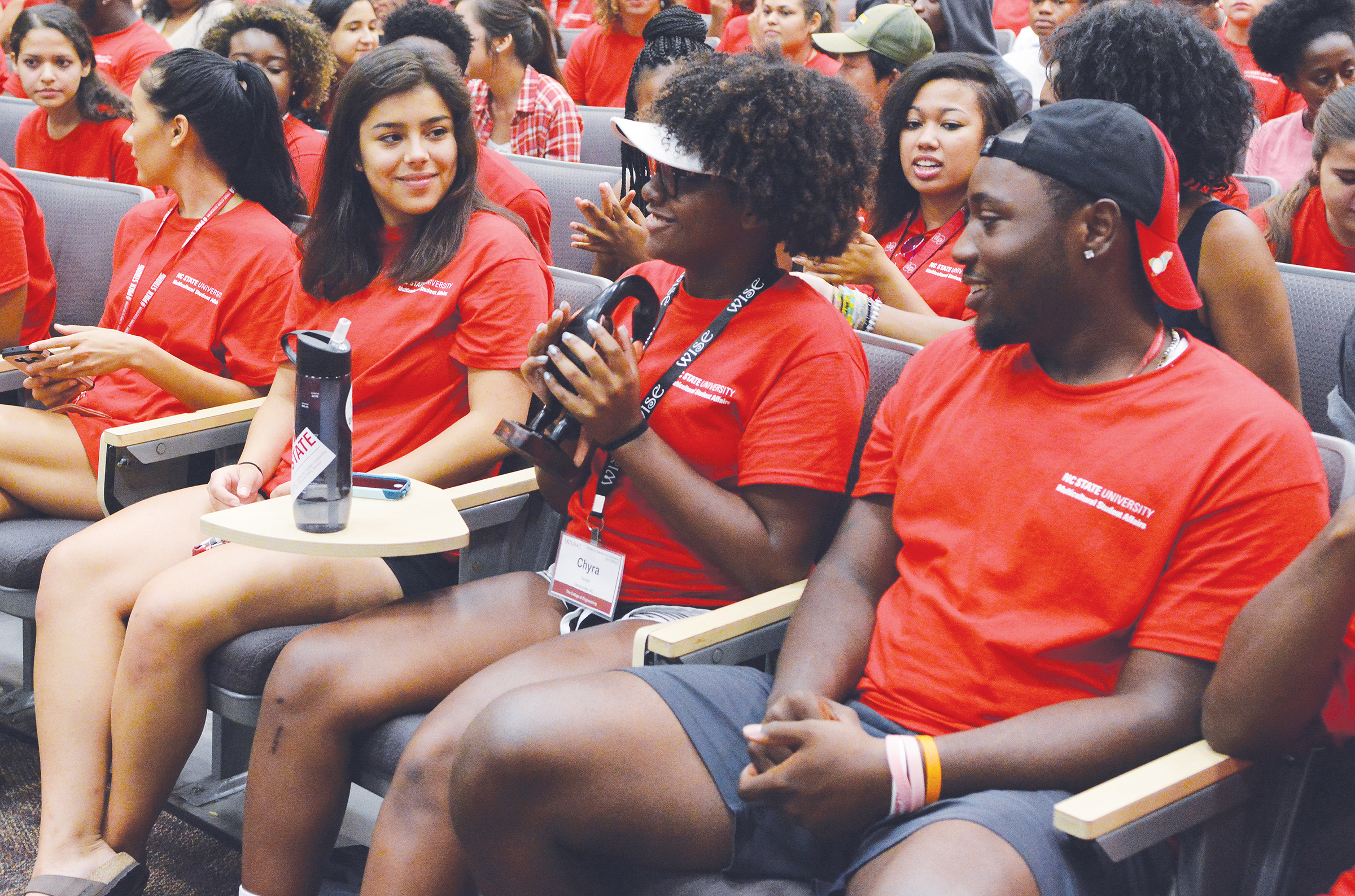By CJ Guion/Staff Writer
The other day we were in class watching a video clip, which was released a couple of years ago entitled “Read a Book.” While the title of the video might sound as if it’s a clean cut song, it was nothing but. Hours after beginning its regular rotation in the cycle of BET music videos, the clip stirred controversy around the world. It was amazing that even years later, the video could still cause a heat debate between students with different opinions of what is acceptable satire and what is not? Can a video with a good message be diluted with vulgar language and stereotypical depictions?
Satire is a form of art which is mainly literary, but can be included in graphic and performing arts. One might say that the point of the art form is to embarrass a group of people into improving. It goes above and beyond the call of duty to drive home its point of view. One of the major problems that this technique deals with is that sometimes the focal audience is turned off, because they feel as if the work of art insulted them more than inspired them. The video “Read a Book” had the intent of showing African Americans that they should examine habitual activities they participate in which hinder the race from reaching success and wealth. However, in this video stereotypical depictions of African Americans gyrating in the club, drinking 40s, and buying rims didn’t sit well with the community. The chorus of the song begins with “Read a book, read a book, read a moth#%f*$kin book, not a sports page, not a magazine, but a book n-word.” The song then goes into topics of raising kids, brushing teeth, wearing deodorant, and buying land instead of spinning rims. The song features a gyrating woman in the club with the word book written on the back of her pants while grinding on a male figure. However, if a person listens to the very beginning of the song they will notice that he says that usually he writes songs with hooks and concepts, but now he is trying to go platinum. So, basically what he is saying is that if he writes a song with a concept and meaning behind it nobody will listen, but if he steps down to a level of ignorance the world will listen. He is saying that in order for rappers to be successful, they have to be ignorant. I think that he is partially correct in his theory. If he had done the same video in a toned down form, no one would have ever noticed it. While this video was a cartoon, many African Americans took it as if there were real people involved in the video.
Another famous satire, which can draw criticism from African Americans on a weekly basis is the show “The Boondocks.” This show much like the video Read A Book puts a spin on pop culture issues in the black community as a vehicle of improvement. However, because of the vulgar language and sometimes stereotypical depictions in this show as well, many people miss the point of what the show is all about. To add to that, any show which takes punches at famous director Tyler Perry is likely to fuel anger from the black community. Another issue some might have on the show is that excessive use of the n-word freely used on a network such as Cartoon Network, which can be seen by many people of different walks of life. So, why is it that people can be so upset by a cartoon that depicts stereotypical images, while allowing videos and songs to play on the airways featuring real people portraying the same stereotypes which they hate? The cartoons are actually trying to get people to examine their ways, while the other ones are pushing you further into the lifestyle using the same vulgar language and images. The show talks about issues which we think about all time, and in most cases is very much the truth. However, because of the offensive nature of the show, the message is diluted. Would we really watch a documentary discussing the same issues in a positive light and non-offensive tone? We scream for change, but yet we support ignorance. We toss shows which try to form change to the side, for horrible reality shows which continue to perpetuate stereotypes.
If a person cannot understand the true meaning behind satire, they will only see the surface. Many people agree with the messages that these works of art convey. However, there are many people who do take offense to it. It’s almost like a controversial form of Aesop’s Fables. It doesn’t come out and tell you what the point of the story was; you have to figure it out for yourself. It might be more widely accepted if it was toned down a bit. Even though controversy can bring change, there’s a limit to how far you can go until people stop listening. Once this has happened, you’re back at square one.


